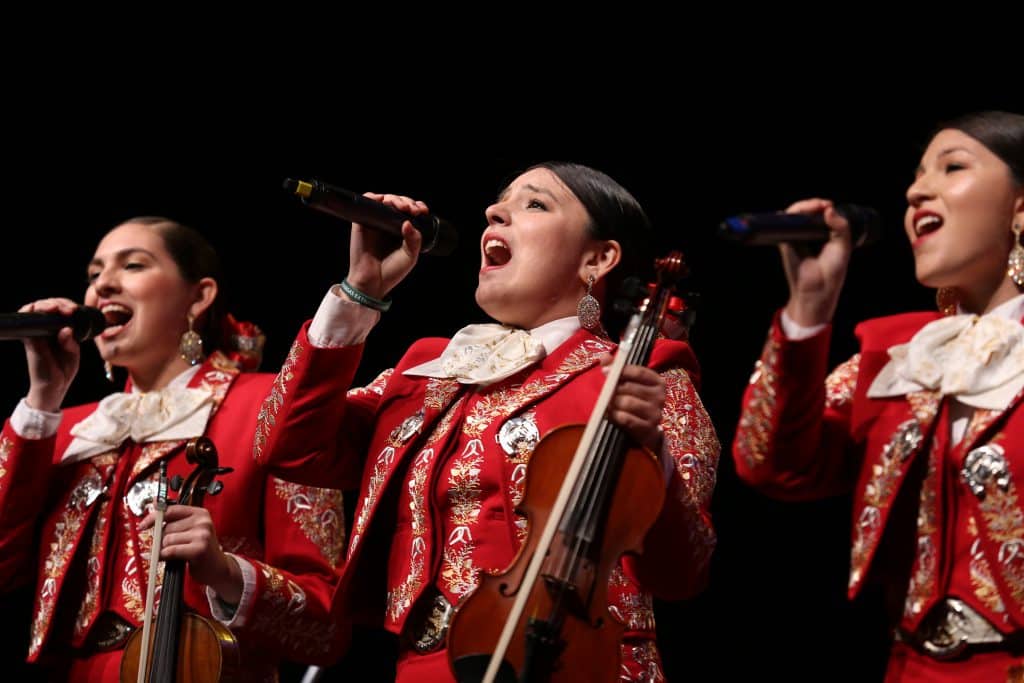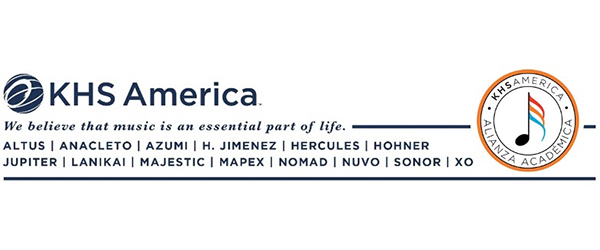In the early days, rural mariachis dressed informally. In urban environments, however, with increased employment opportunities and more formal presentations, uniforms became common. When mariachis first acquired the purchasing power to uniform their groups, the apparel they chose most often was the charro suit or traje de charro.
Traje de Charro
In imagery and symbolism, the mariachi has long been associated with Mexico’s charro tradition. The traje de charro is a Mexican adaptation of a type of horseman’s riding outfit that originated in Spain. The gala version of this suit worn by today’s mariachis — with its pantalón de charro (fitted trousers adorned with botonadura and/or greca), chaquetilla (short jacket), cinturón bordado (embroidered belt), botines de charro (ankle-high boots), moño or corbata de rebozo (wide bow tie) and sombrero de charro (wide-brimmed hat) — was once the attire of Mexico’s rural upper class. Although black with silver is considered the most formal color, mariachis today wear trajes de charro in many different colors.

Esteban Velasquez from Odessa, Texas was selected as the “Best Mariachi Vocalist” in the U.S. in 2007
Female Mariachi Attire
In the female version of the traje de charro, a full-length skirt replaces the trousers. Women who perform mariachi music commonly wear feminine varieties of the traje, folkloric dresses, or colorful combinations of blouses and skirts. Some of the more elaborate outfits are decorated with crystals, beads and/or other adornments.

Roma High School’s Mariachi Nuevo Santander





